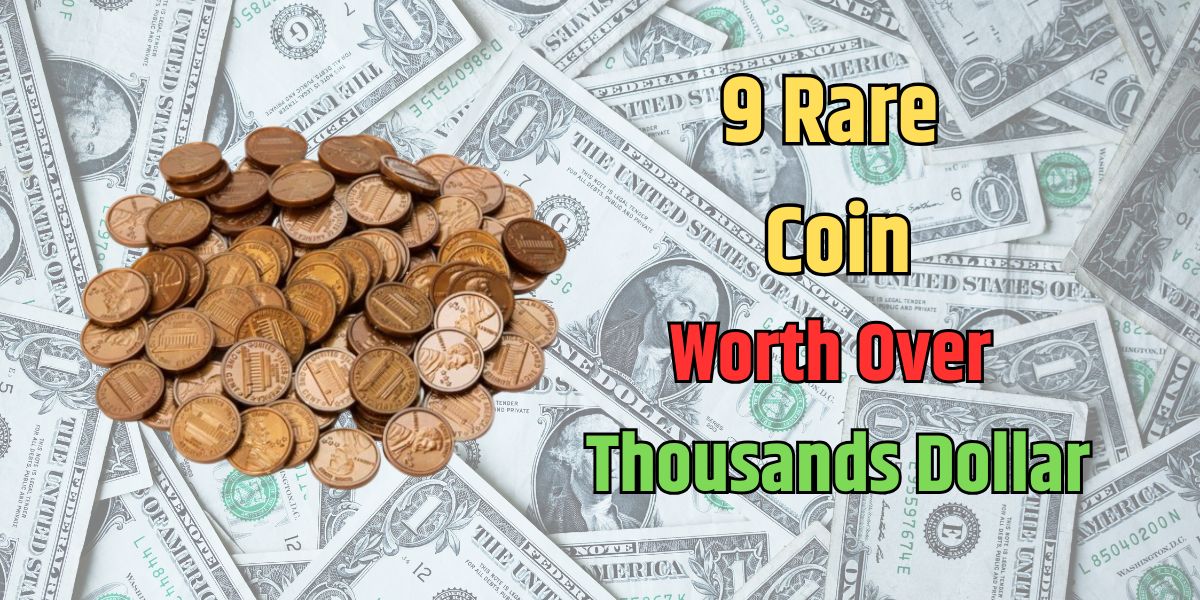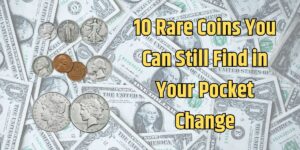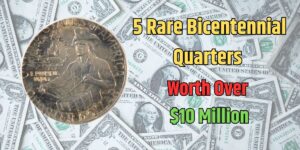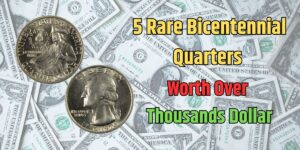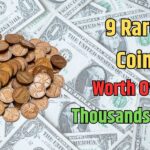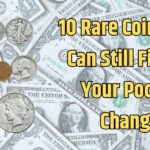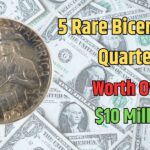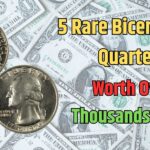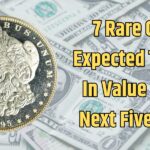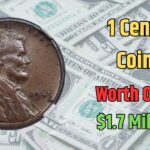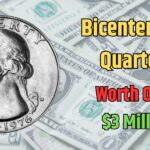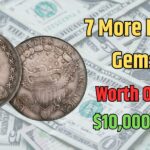Coin collecting is a fascinating blend of history, art, and investment. While most coins are common, some rare and extraordinary pieces stand out due to minting errors, historical significance, or limited production, making them worth thousands to hundreds of thousands of dollars. For collectors and enthusiasts, these coins are not just artifacts but treasures that can captivate generations.
Let’s explore nine exceptional coins that have fetched incredible auction prices and remain highly sought after in the world of numismatics.
9 Rare Coins That Have Fetched High Auction Prices
| Coin | Key Feature | Auction Record | Rarity/Significance |
|---|---|---|---|
| 1967 Kennedy Half Dollar | No mint mark (intentional omission) | $6,995 | Tribute to President Kennedy, minted during a shortage. |
| 1925-S Lincoln Penny | Limited San Francisco production | $54,625 | Rare Wheat Cent, highly collectible. |
| 1932-D Washington Quarter | Commemorative coin for Washington | $143,750 | Celebrates George Washington’s bicentennial. |
| 1943-S Jefferson Nickel | Silver content (wartime issue) | $9,000 | Part of the WWII “war nickel” series. |
| 1909-S V.D.B. Penny | Designer’s initials on reverse | $168,000 | Limited mintage; controversy led to initials’ removal. |
| 1983 Doubled Die Reverse | Reverse design appears doubled | $7,050 | Rare minting error; only about 5,000 examples exist. |
| 1968 No S Roosevelt Dime | Missing “S” mint mark | $40,250 | First proof coin error from the San Francisco Mint. |
| 1916 Doubled Die Buffalo Nickel | Distinct doubling of the date | $281,750 | Rare die variety; artistic Buffalo Nickel design. |
| 1944-D Lincoln Penny | Struck on steel planchet by mistake | $115,000 | Leftover 1943 steel planchets used in error. |
1. 1967 Kennedy Half Dollar
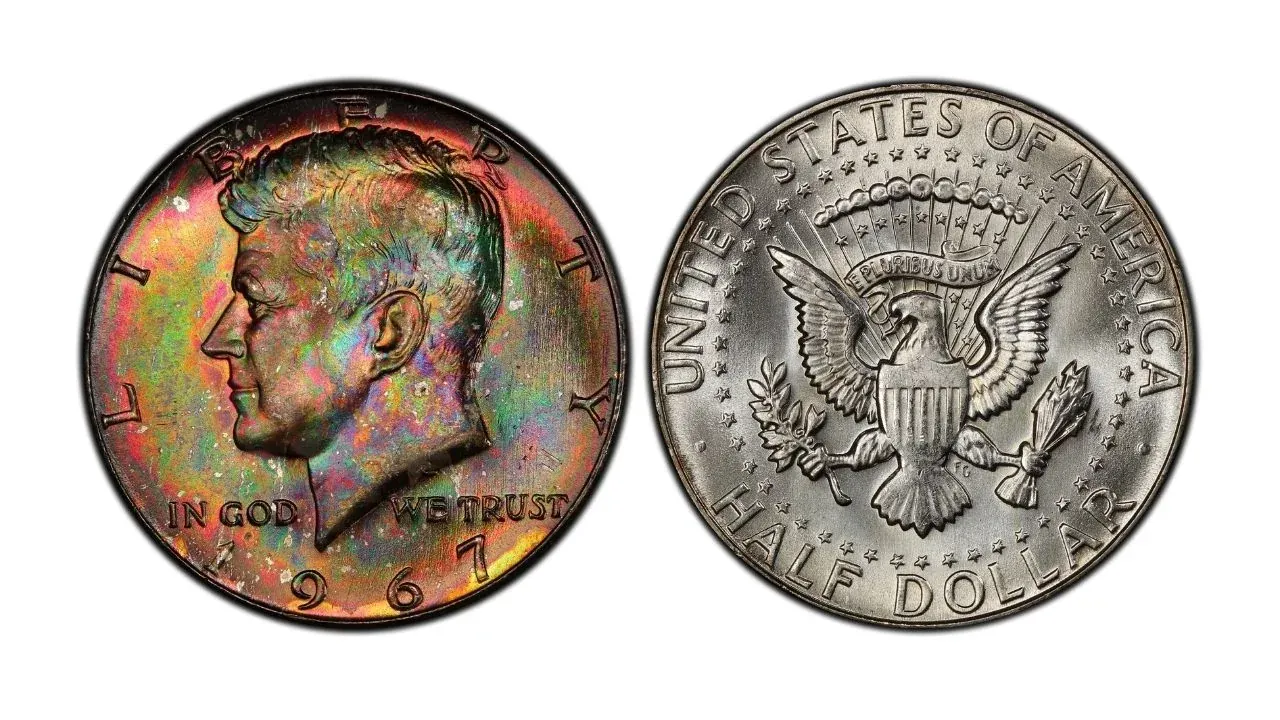
Minted to honor President John F. Kennedy after his tragic assassination, the 1967 Kennedy Half Dollar is notable for lacking a mint mark. This omission was intentional between 1965 and 1967 to discourage hoarding during a nationwide coin shortage.
- Why It’s Valuable: Pristine examples of this coin are rare and cherished among collectors.
- Auction Record: $6,995.
2. 1925-S Lincoln Penny
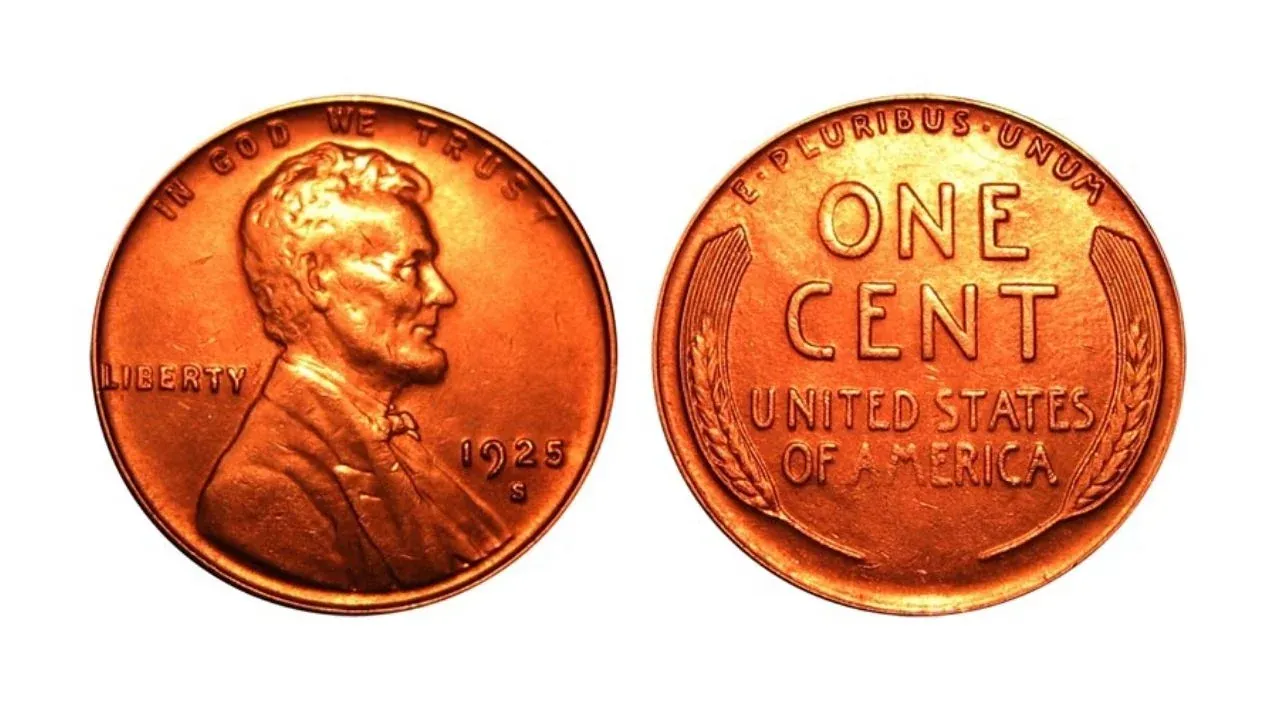
The 1925-S Lincoln Penny is a rare coin from the San Francisco Mint, with limited production and scarce surviving examples in excellent condition.
- Why It’s Valuable: It’s one of the rarest coins in the Wheat Cent series, making it highly desirable.
- Auction Record: $54,625.
3. 1932-D Washington Quarter
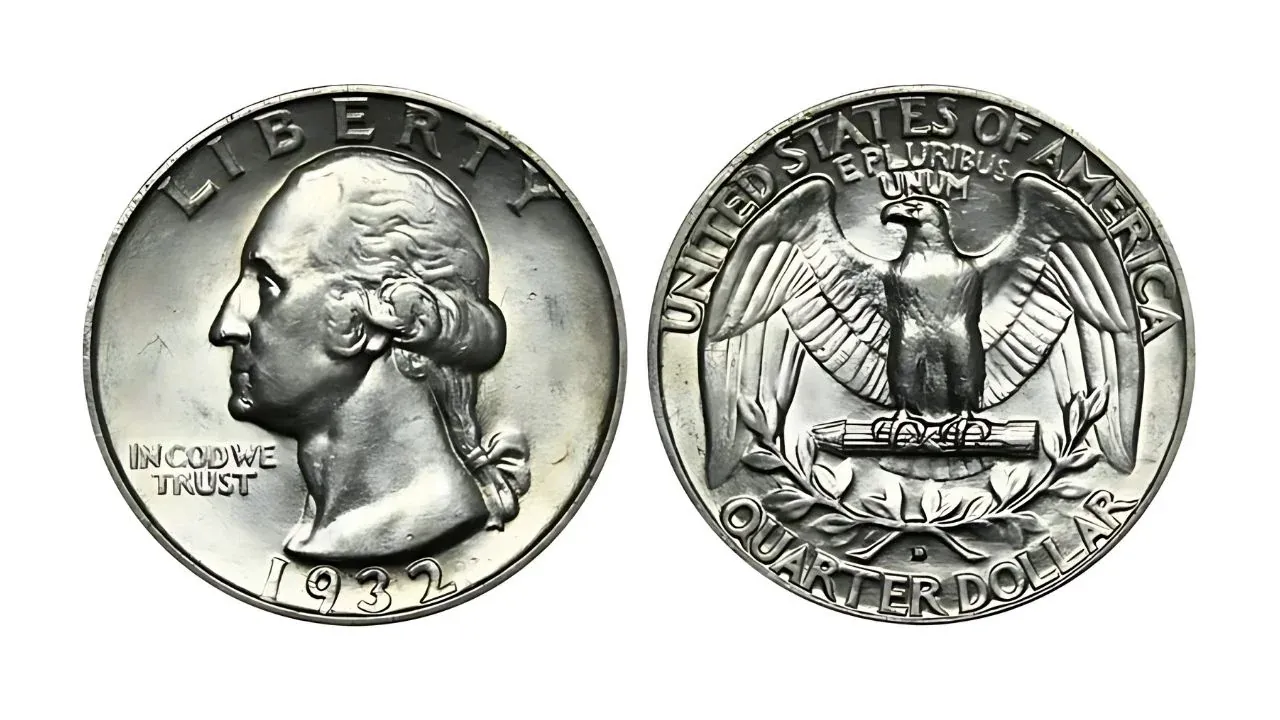
Struck to commemorate George Washington’s 200th birthday, the 1932-D Washington Quarter holds both historical and numismatic value.
- Why It’s Valuable: The Denver Mint produced a limited quantity, and coins in pristine condition command astronomical prices.
- Auction Record: $143,750.
4. 1943-S Jefferson Nickel
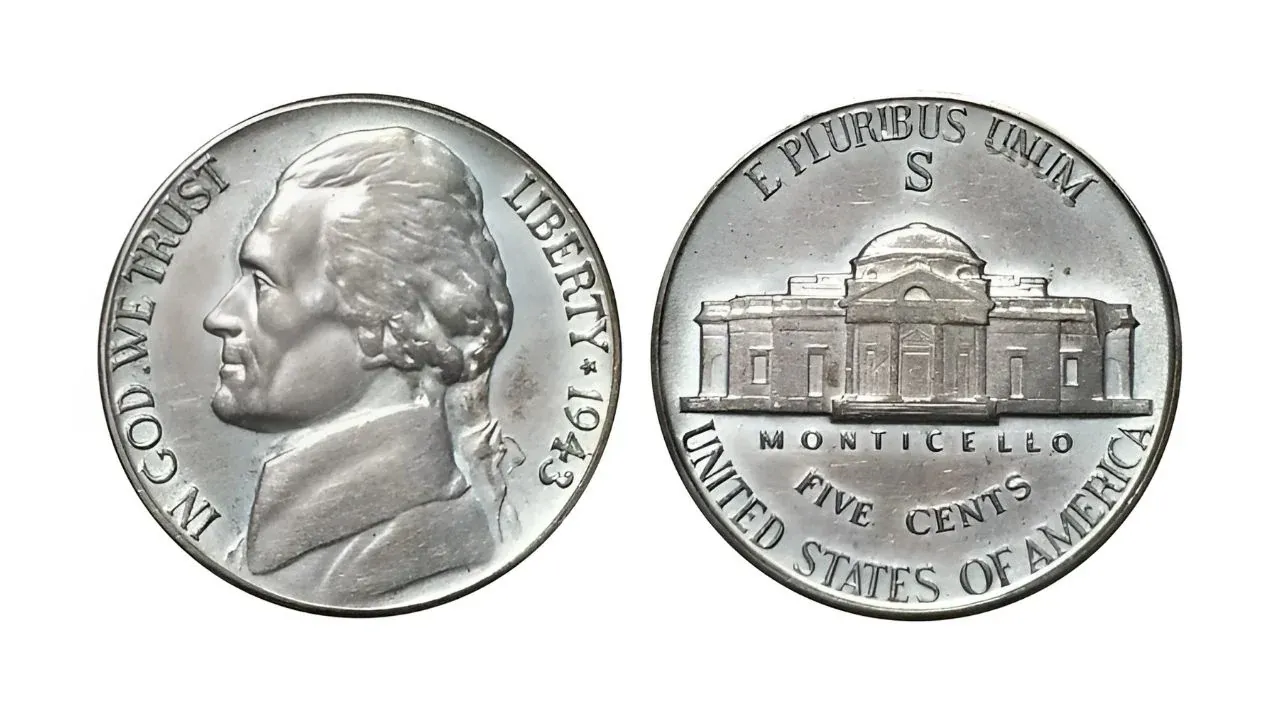
During World War II, the U.S. Mint produced nickels with 35% silver to conserve nickel for military use. The 1943-S Jefferson Nickel, part of this “war nickel” series, stands out for its historical significance.
- Why It’s Valuable: Despite a high mintage, finding a well-preserved example can be challenging.
- Auction Record: $9,000.
5. 1909-S V.D.B. Penny

The 1909-S V.D.B. Penny is iconic for bearing the initials of its designer, Victor David Brenner, on the reverse. Controversy surrounding the initials led to their swift removal, resulting in limited production.
- Why It’s Valuable: With only 484,000 minted, this penny is rare and highly collectible.
- Auction Record: $168,000.
6. 1983 Doubled Die Reverse Penny

The 1983 Doubled Die Reverse Penny is a minting error where the reverse design appears doubled. This rare mistake occurred in only about 5,000 coins out of billions minted that year.
- Why It’s Valuable: Its scarcity and distinct doubling make it a marvel among collectors.
- Auction Record: $7,050.
7. 1968 No S Roosevelt Dime
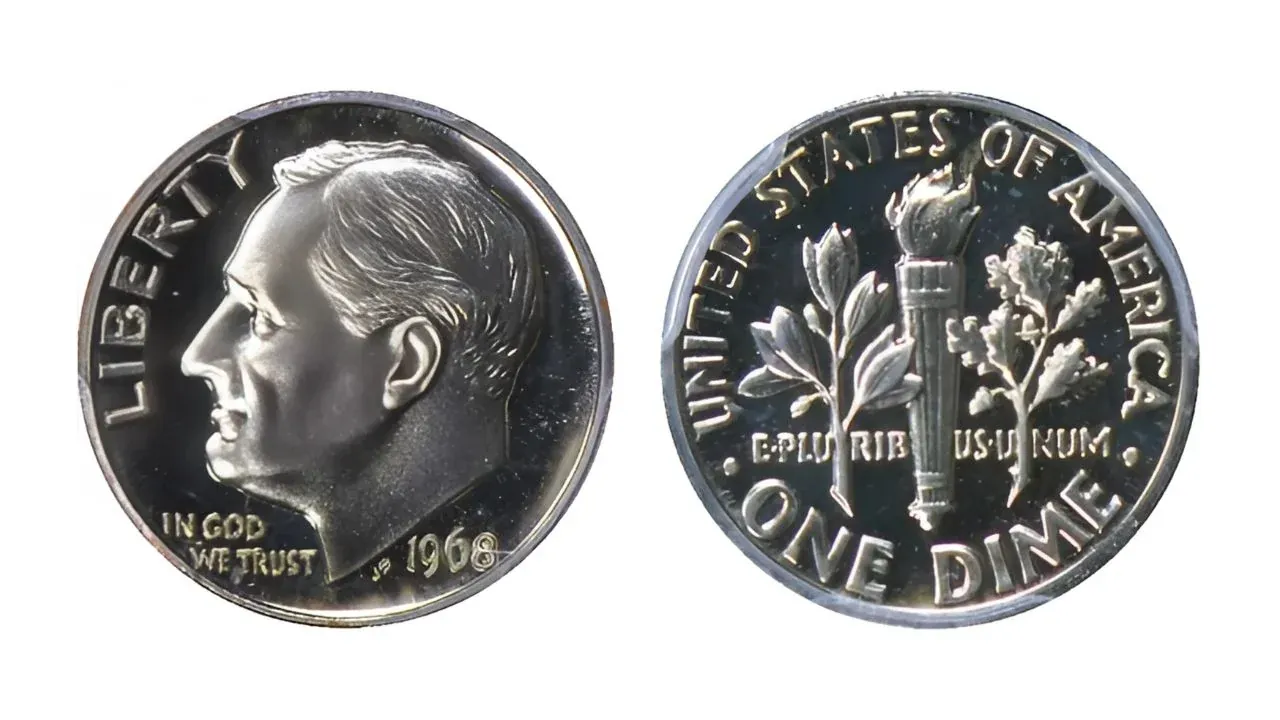
The 1968 No S Roosevelt Dime is a proof coin error missing the “S” mint mark, which typically signifies production at the San Francisco Mint.
- Why It’s Valuable: It is the first proof coin error of its kind, making it a unique collectible.
- Auction Record: $40,250.
8. 1916 Doubled Die Buffalo Nickel
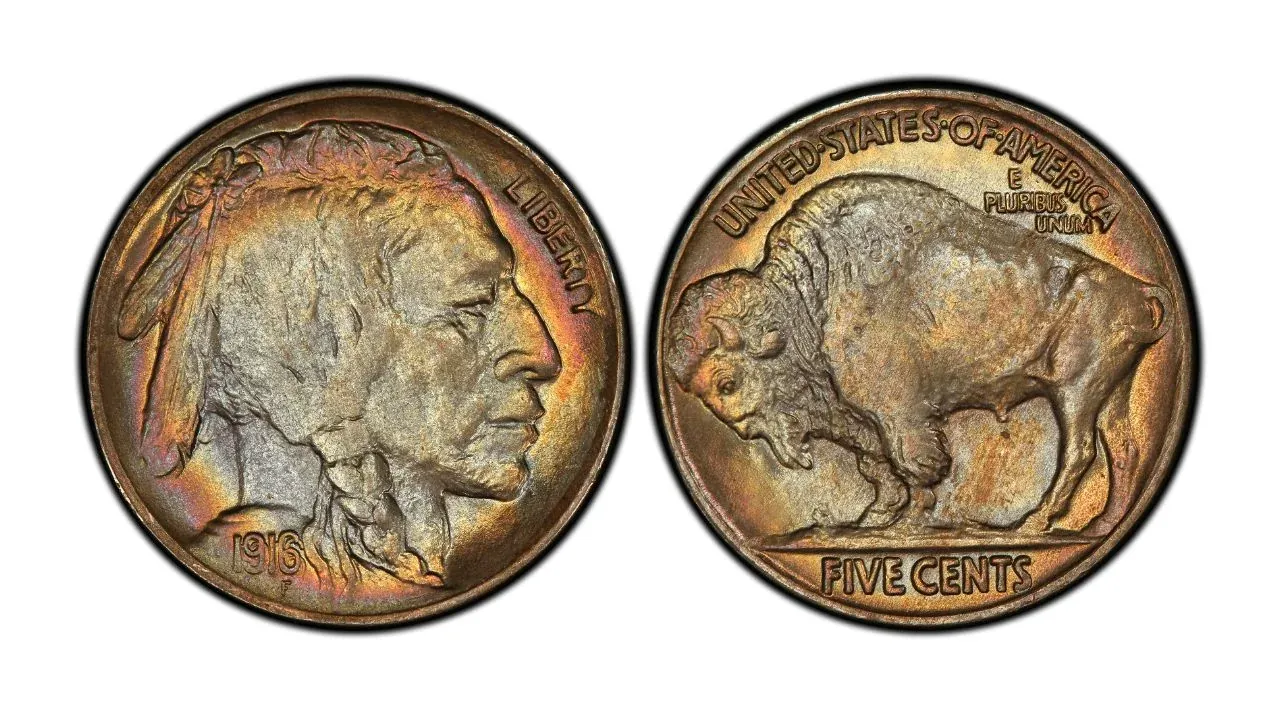
The Buffalo Nickel series is famous for its artistic design by James Earle Fraser. The 1916 version features a doubled die error on the date, making it exceptionally rare.
- Why It’s Valuable: Its rarity, combined with the beloved Buffalo Nickel design, makes this coin a numismatic treasure.
- Auction Record: $281,750.
9. 1944-D Lincoln Penny
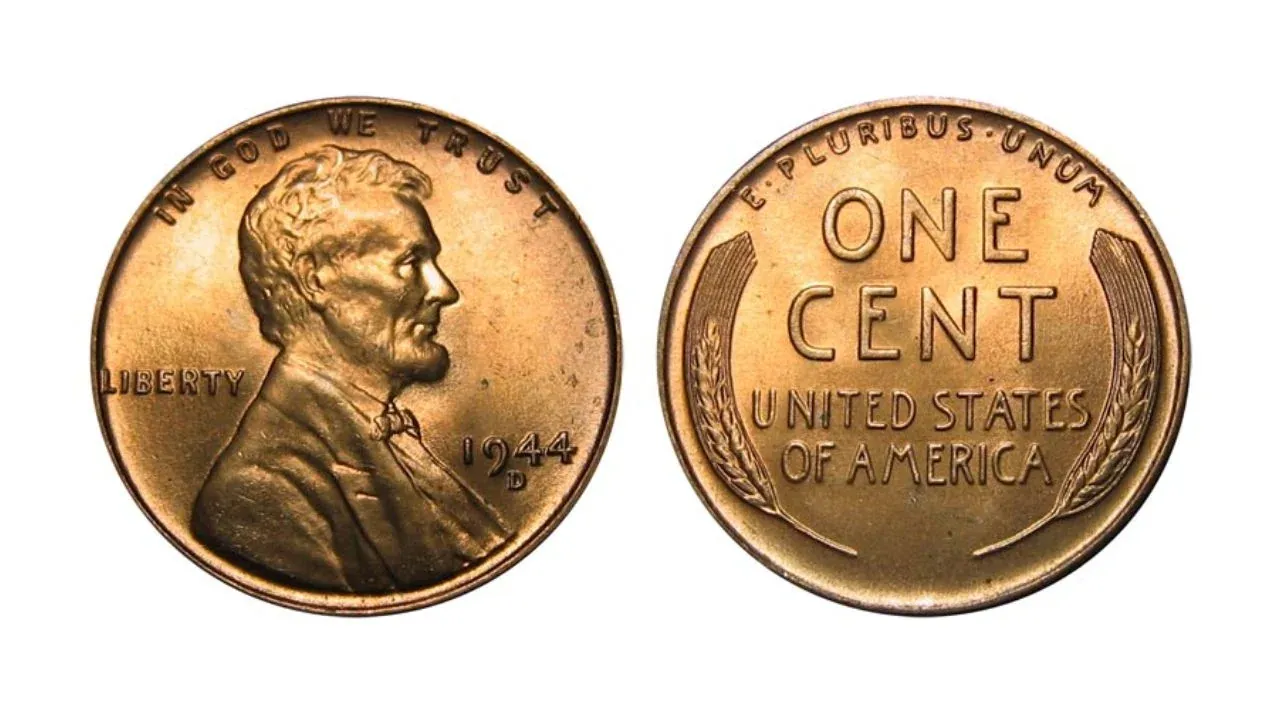
In 1944, the U.S. Mint switched back to copper for Lincoln pennies. However, a few pennies were mistakenly struck on leftover steel planchets from 1943, creating the rare 1944-D Steel Penny.
- Why It’s Valuable: Only 30 examples are known to exist, making it a prized error coin.
- Auction Record: $115,000.
Tips for Identifying Rare Coins
- Inspect for Errors: Look for anomalies like doubling effects, missing mint marks, or unusual designs.
- Check Dates and Mint Marks: Certain years and mints have lower production numbers, increasing their value.
- Evaluate Condition: Coins in mint or uncirculated condition fetch the highest prices.
- Use Tools: A magnifying glass, coin guidebooks, and trusted online resources can help you identify valuable coins.
- Authenticate Your Coins: Professional coin grading services like PCGS or NGC can verify authenticity and assess condition.
Final Thoughts
From pennies with doubling errors to commemorative quarters and steel Lincoln cents, rare coins hold immense value for collectors and historians alike. Whether you’re a beginner or a seasoned numismatist, knowing what to look for can turn a simple coin hunt into a rewarding adventure. Who knows? That pocket change you overlook daily might contain a treasure worth thousands—or even millions—of dollars!
FAQs on Rare Coins
How do I determine if my coin is valuable?
Inspect for minting errors, rare dates, and unique features. Have your coin evaluated by a certified appraiser or grading service.
Where can I sell rare coins?
Rare coins can be sold at coin shows, through reputable dealers, or on online auction platforms like Heritage Auctions or eBay.
Does age guarantee a coin’s value?
No. Value is determined by rarity, demand, condition, and historical significance.
What is a doubled die error?
A doubled die error occurs when a coin is struck twice with misaligned dies, resulting in a visible doubling effect on the design or inscriptions.
